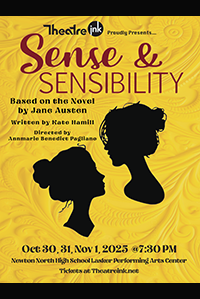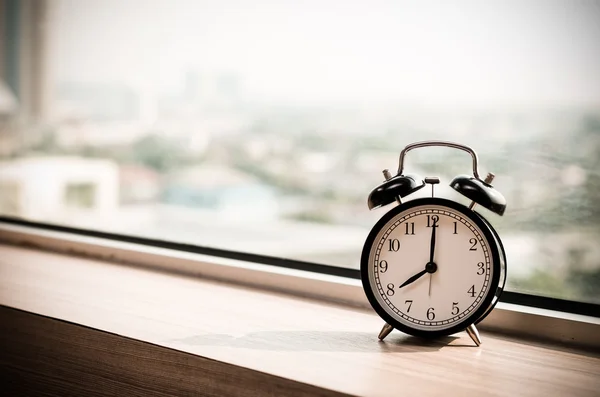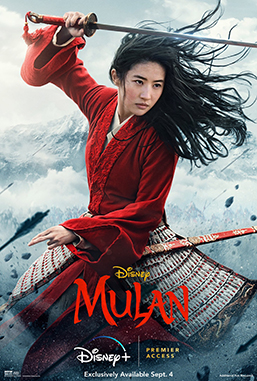The Disney classic, Mulan, is finding a new home on the Disney+ screens in the new live action Mulan (2020) with mixed reviews.
The 1998 classic Mulan lives in many children’s childhoods as the fun action animated movie with catchy songs and some of the first Asian representation for Disney.
Like the original movie, the whole cast seen in the new movie was Asian. Also like the 90’s movie, almost no writers nor directors who worked on the movie were people of color. This is normal for an older movie, but for a modern movie with a platform of activism, there is reason for skepticism. Disney took the time to show audiences Asian actors and actresses telling this story, but refused to find people of color to create the story. Rewatching the movie knowing this fact gives the film a different meaning. This kind of performative activism shows that Disney did not make this movie to tell the underrepresented stories from people of color, but to distance themselves from Disney’s racist past. Representation goes past just what is seen on the screen.
Aside from the surface level advocacy and representation issues surrounding this movie, Disney also made some unforgivable cuts and changes from the original source material. Disney removed the songs, most of the comedy, and multiple characters to make a movie that is somehow 30 minutes longer than the original movie.
Disney erased Mushu and Cricket, among other beloved characters. They abandoned the comedic plotline of the original that featured Mushu and the ancestors. Disney tried so hard to make it meaningful, but without any comedy in this story originally meant for children, it was very difficult to watch.
To fill in the material removed and the extra 30 minutes, Disney added in a very confusing plot line from a witch’s perspective. This whole section of the movie is barely explained and does not add much to the main story. The film could easily have been 45 minutes shorter without unnecessary scenes like this.
Mulan (1998) was one of the first children’s movies with an unmarried woman who did not want to be married. Mulan fought and thought for herself. All this empowerment was balanced by the comedy to make it a well rounded childrens movie. On the other hand, the new Mulan (2020) did not take the same approach.
A key feature Disney removed was all of Mulan’s hard work to become a soldier. In the original movie, Mulan does not become a warrior right away which is realistic because she had never fought before. She goes into war knowing she is not strong enough to survive which shows her dedication to her family. The new Mulan is relying more on her desire to fight. There is much less passion in her actions with the lack of motivation. They accredit her random knowledge and skill in fighting to what they call Chi. It is explained that the witch has this energy as well, but that only leaves more questions. Is Mulan a witch? Why did this energy make her a witch? Why does Chi make some people witches and give others fighting skills?
Though the changes made to the story in this new adaptation are mostly not thought out or done well, Disney made one good choice by splitting the original character Li Shang into the love interest, Chen Honghui, and Li Shang as the General, which avoids the odd power dynamic in the original movie.
This very mediocre movie should be free, but instead, to watch Mulan, you must first have a Disney plus account, which costs seven dollars a month, then pay an additional 30 dollars. This is far more than the average movie ticket, home movie rental, or home movie purchase. There is nothing in this movie to make it worth that price.










































